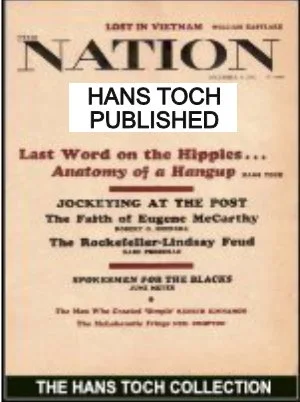“Since differences in behavior sometimes reflect differences in perception, it is plausible to assume that persons who behave in an anti-social way might show a tendency to perceive the world in a characteristic fashion.” The Journal of Criminal Law, Criminology and Police Science. Vol. 53, No. 4 December (1962) 7 pages.













